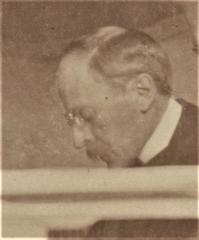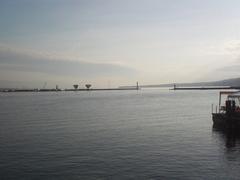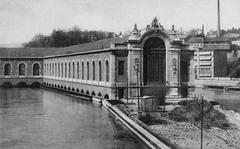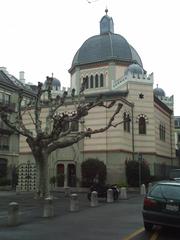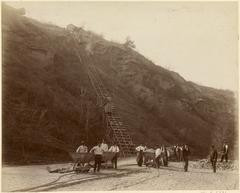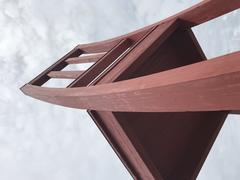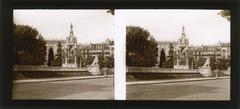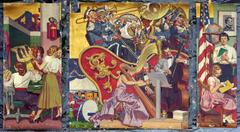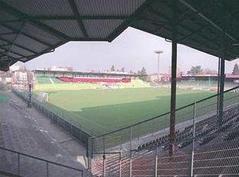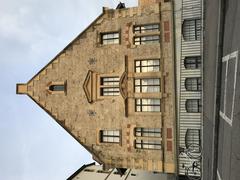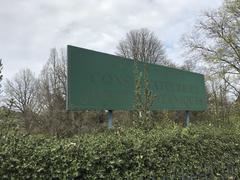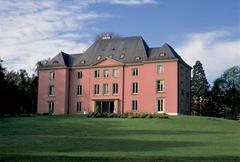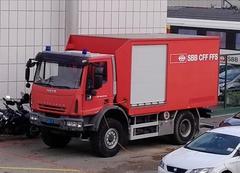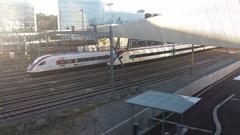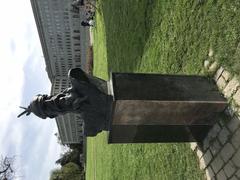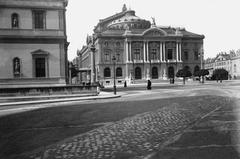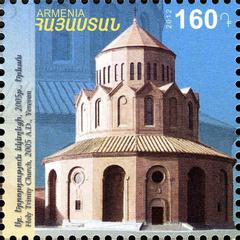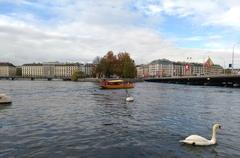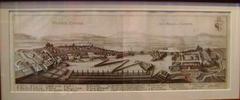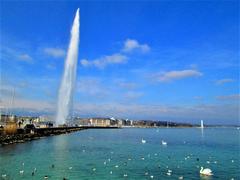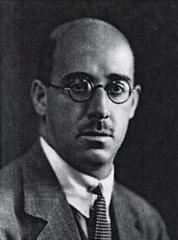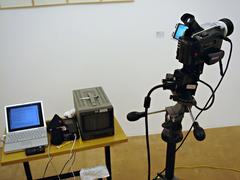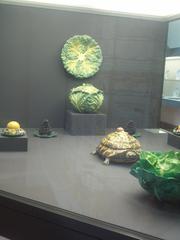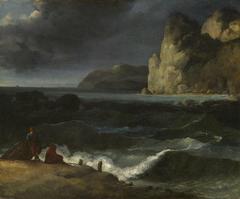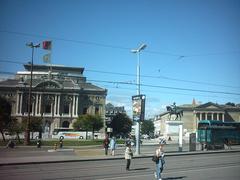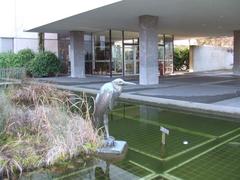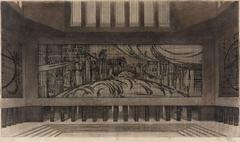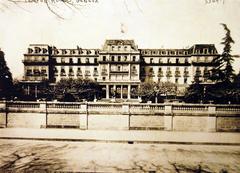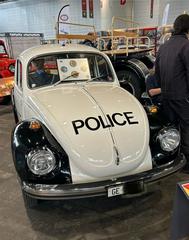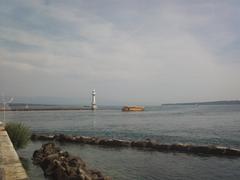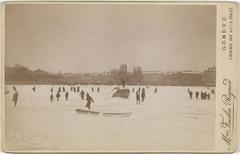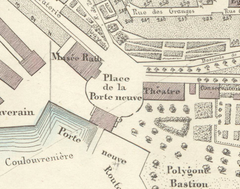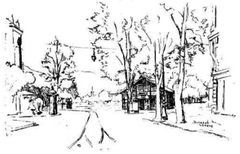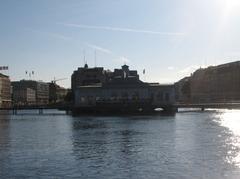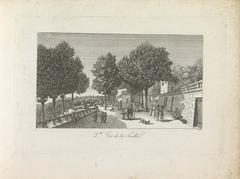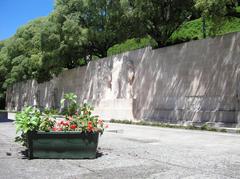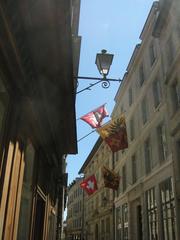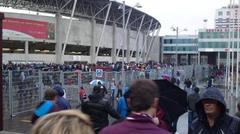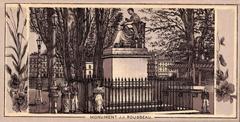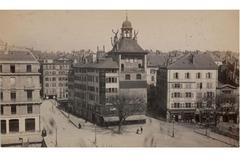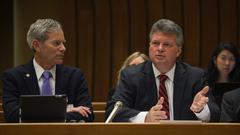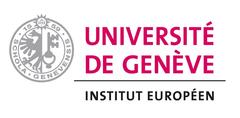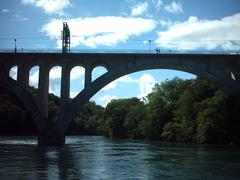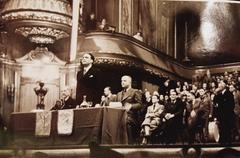Barrage du Seujet Visiting Hours, Tickets, and Geneva Historical Sites Guide
Date: 14/06/2025
Introduction
The Barrage du Seujet, located in the heart of Geneva, Switzerland, is a modern hydroelectric dam that exemplifies the city’s commitment to sustainable energy, precise water management, and ecological responsibility. Inaugurated in 1995, it not only regulates the outflow of Lake Geneva into the Rhône River but also generates renewable electricity and supports urban biodiversity through innovative features such as fish ladders and beaver ramps. The dam’s prominent position between the Pont de la Coulouvrenière and Pont Sous-Terre makes it an accessible urban landmark offering panoramic views, educational opportunities, and a unique blend of technological and natural attractions.
This guide provides comprehensive visitor information, including opening hours, ticketing, guided tours, accessibility, nearby attractions, and historical and environmental insights. Whether you’re interested in Geneva’s approach to sustainable development, urban infrastructure, or scenic walking routes, the Barrage du Seujet stands out as an essential stop for both residents and travelers. For the latest details and event updates, consult the official Services Industriels de Genève (SIG) website and Geneva Tourism Office.
Table of Contents
- Origins and Purpose of the Barrage du Seujet
- Construction and Technical Evolution
- Modernization and Environmental Initiatives
- Visitor Information: Hours, Tickets, Access, and Tips
- Accessibility and Travel Recommendations
- Nearby Attractions and Urban Integration
- Cultural and Social Significance
- Frequently Asked Questions (FAQ)
- Visuals and Media
- Summary and Final Recommendations
- Sources
Origins and Purpose
The Barrage du Seujet was built to address Geneva’s growing needs for accurate water regulation and renewable energy production. Before its construction, the city relied on older structures that were becoming inefficient. The decision to build the Seujet dam stemmed from a regional agreement among the cantons of Geneva, Vaud, and Valais, highlighting the cross-cantonal and even international significance of Geneva’s water management at the outflow of Lake Geneva (de.wikipedia.org).
Construction and Technical Evolution
Completed in 1995 after three years of work, the Barrage du Seujet centralized water regulation for the Rhône’s flow from Lake Geneva. The structure features three segment weirs, a lock for boat passage, and a hydroelectric plant equipped with three Kaplan turbines. These turbines produce approximately 20–25 GWh annually, contributing significantly to Geneva’s renewable energy supply (swisspower.ch). The site also includes a pedestrian bridge and terrace, offering unobstructed views of the river and city.
Modernization and Environmental Initiatives
Between 2016 and 2023, the Barrage du Seujet underwent extensive modernization to improve energy efficiency, noise reduction, and ecological integration. Upgrades included turbine replacements, advanced soundproofing, the construction of a new fish ladder and a beaver ramp, and measures to reduce the negative impact of rapid water level changes (“éclusées”) on riverbank habitats (tdg.ch). These initiatives reflect Geneva’s ongoing efforts to balance hydroelectric production with environmental stewardship.
The fish ladder’s renovation, supported by the Swiss Federal Office for the Environment, now allows thousands of fish to migrate upstream annually, demonstrating the dam’s role in promoting biodiversity (SIG). The site also holds the “naturemade star” certification for its environmental performance.
Visitor Information: Hours, Tickets, Access, and Tips
- Opening Hours: The public terrace and pedestrian bridge are open year-round during daylight hours (from dawn to dusk). There is no ticket required to access these outdoor areas.
- Entry Fees: Access to the dam’s public spaces is free.
- Guided Tours: While regular guided tours are currently suspended due to ongoing renovations (expected until 2025), group visits for schools, associations, and companies are typically available when operations resume. Booking is required via the SIG website.
- Languages: Tours are generally offered in French and English.
- Tips: Wear comfortable shoes, bring a camera, and check official websites for updates on tour availability and renovation progress.
Accessibility and Travel Recommendations
- Wheelchair Accessibility: The terrace, pedestrian bridge, and surrounding paths are accessible to visitors with reduced mobility. Caution is advised in wet weather due to potential slipperiness.
- Getting There: The dam is centrally located, easily reachable on foot, by bicycle, or via Geneva’s public transport network. Nearby tram and bus stops include ‘Bel-Air,’ ‘Plainpalais,’ and ‘Jonction.’ Parking is limited—public transport is recommended.
- Bicycle Parking: Available near the site.
- Safety: Emergency assistance can be reached via SIG at 022 420 88 11 (SIG).
Nearby Attractions and Urban Integration
The Barrage du Seujet is seamlessly integrated into Geneva’s urban landscape, adjacent to lively neighborhoods and cultural destinations:
- Bâtiment des Forces Motrices (BFM): A renovated industrial building now hosting concerts and theater performances.
- Place des Volontaires and Quai du Seujet: Popular urban gathering spots.
- Old Town Geneva: Accessible via scenic river walks, offering historical sites, cafes, and shops.
- Parc des Bastions and Bains des Pâquis: Ideal for relaxation and further exploration.
- Alternative Art Spaces (e.g., Usine, Cinéma Spoutnik): Offer insight into Geneva’s creative scene (Torpille.ch).
Cultural and Social Significance
More than a technical installation, the Barrage du Seujet is a symbol of Geneva’s forward-looking approach to urban planning and environmental care. It ended the city’s tradition of manual water regulation, ushering in an era of precision management and renewable energy production (Le Temps). Public spaces on the dam foster community engagement and serve as platforms for environmental education—historically through guided tours and informational signage.
The dam’s ecological features, including the fish ladder and beaver ramp, set a benchmark for integrating biodiversity support into urban infrastructure. Certification and ongoing monitoring underscore Geneva’s commitment to ecological excellence.
Frequently Asked Questions (FAQ)
What are the visiting hours for the Barrage du Seujet?
The terrace and pedestrian bridge are open daily from dawn to dusk, year-round.
Is there an entry fee?
No, access to the dam’s public spaces is free.
Are guided tours available?
Guided tours are currently suspended due to renovations but are expected to resume after 2025 for groups via the SIG website.
Is the site wheelchair accessible?
Yes, with smooth ramps and pathways throughout the public areas.
How do I get there?
The site is centrally located, accessible by public transport, on foot, or by bicycle.
Can I fish at the Barrage du Seujet?
Fishing is permitted in designated areas with proper permits. Check the Geneva canton website for regulations.
Visuals and Media
For a richer experience, visitors can explore high-quality images, virtual tours, and multimedia content available on the SIG website and Geneva Tourism Office. Photos with descriptive alt text—such as “Panoramic view of the Barrage du Seujet,” “Fish ladder at Barrage du Seujet,” and “Geneva skyline from the pedestrian bridge”—enhance accessibility and understanding.
Summary and Final Recommendations
The Barrage du Seujet is a prime example of Geneva’s harmonious balance between engineering innovation, environmental stewardship, and public accessibility. As a vital infrastructure regulating water levels, generating clean energy, and supporting urban biodiversity, it doubles as a unique urban landmark. Its free, year-round access, proximity to cultural attractions, and emphasis on sustainability make it an outstanding destination for visitors of all interests.
Travelers are encouraged to plan a visit to the Barrage du Seujet to witness firsthand Geneva’s commitment to sustainable living and technological excellence. Stay updated on the resumption of guided tours and special events by consulting the SIG website and Geneva Tourism Office. For curated audio guides and city tips, consider downloading the Audiala app.
Sources
- This is a sample text. (de.wikipedia.org)
- This is a sample text. (swisspower.ch)
- This is a sample text. (tdg.ch)
- This is a sample text. (rts.ch)
- This is a sample text. (Geneva Tourism Office)
- This is a sample text. (SIG)
- This is a sample text. (Ville de Genève)
- This is a sample text. (Torpille.ch)
- This is a sample text. (GE.ch)

